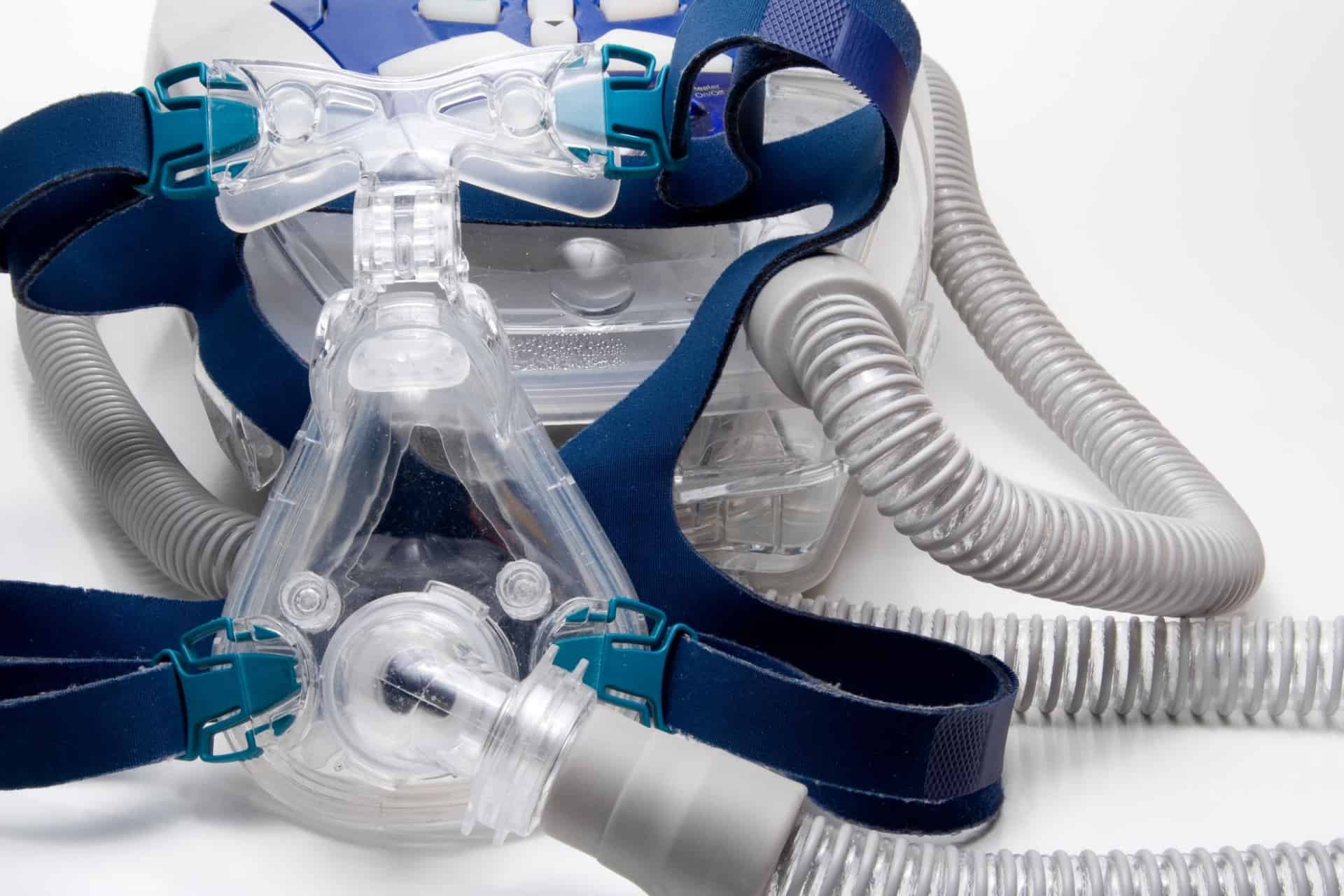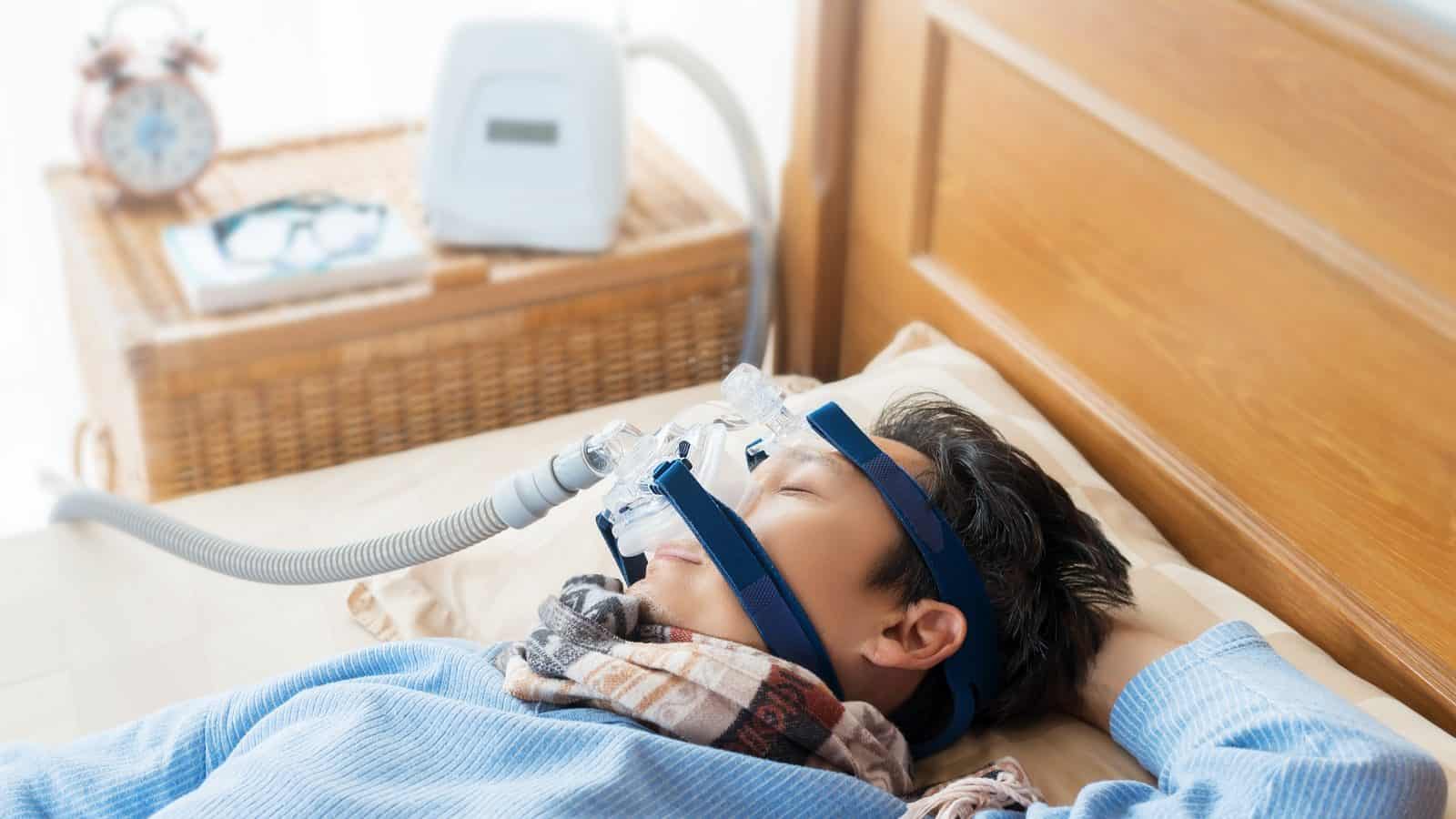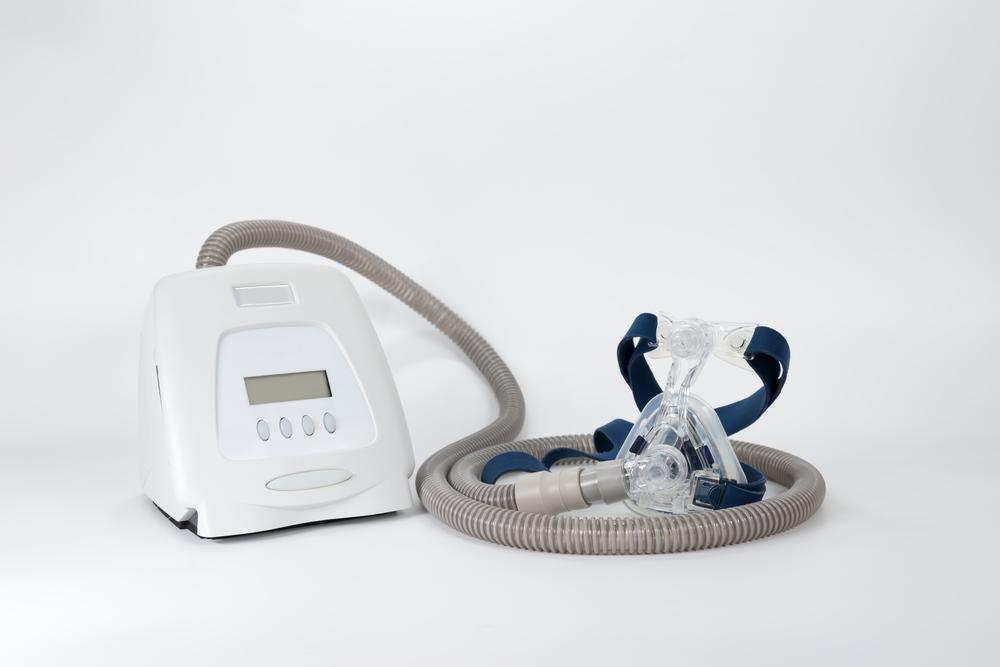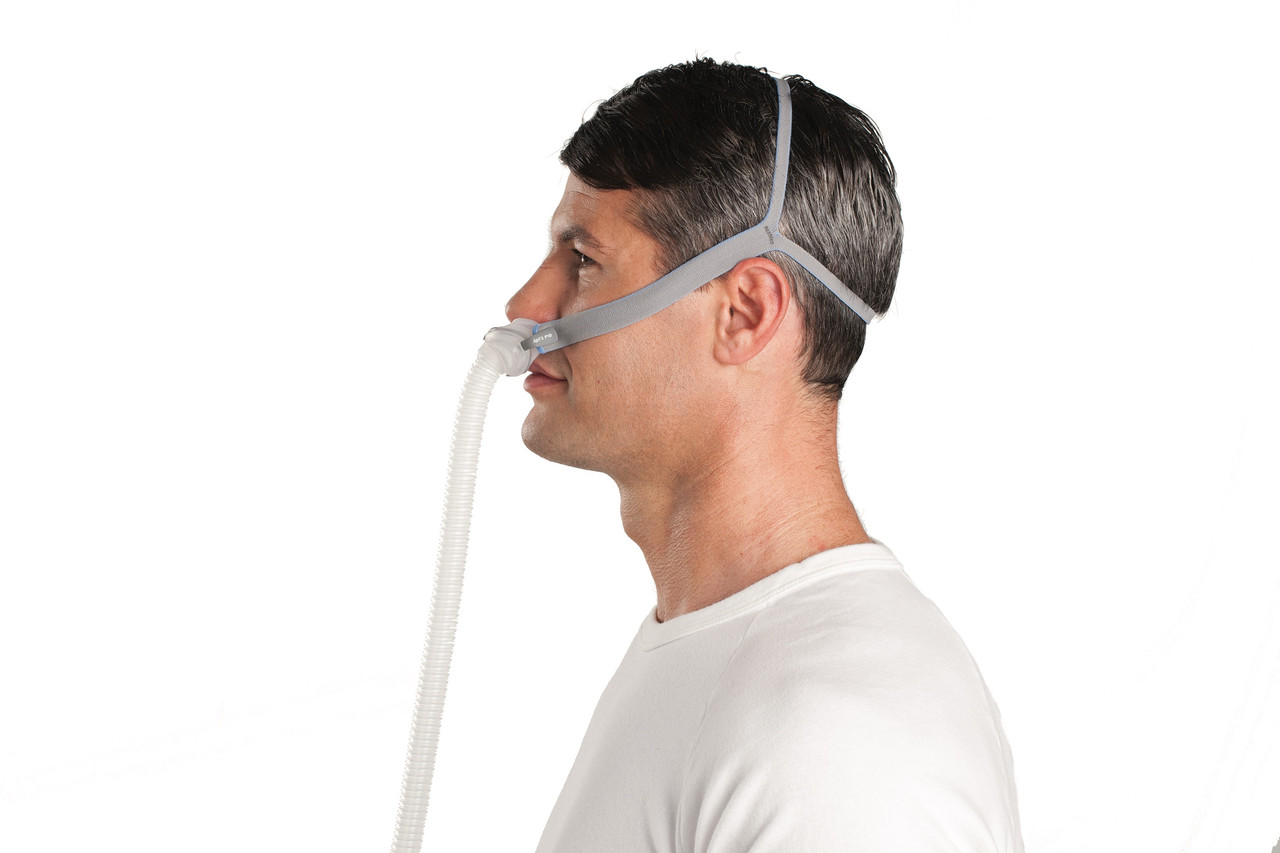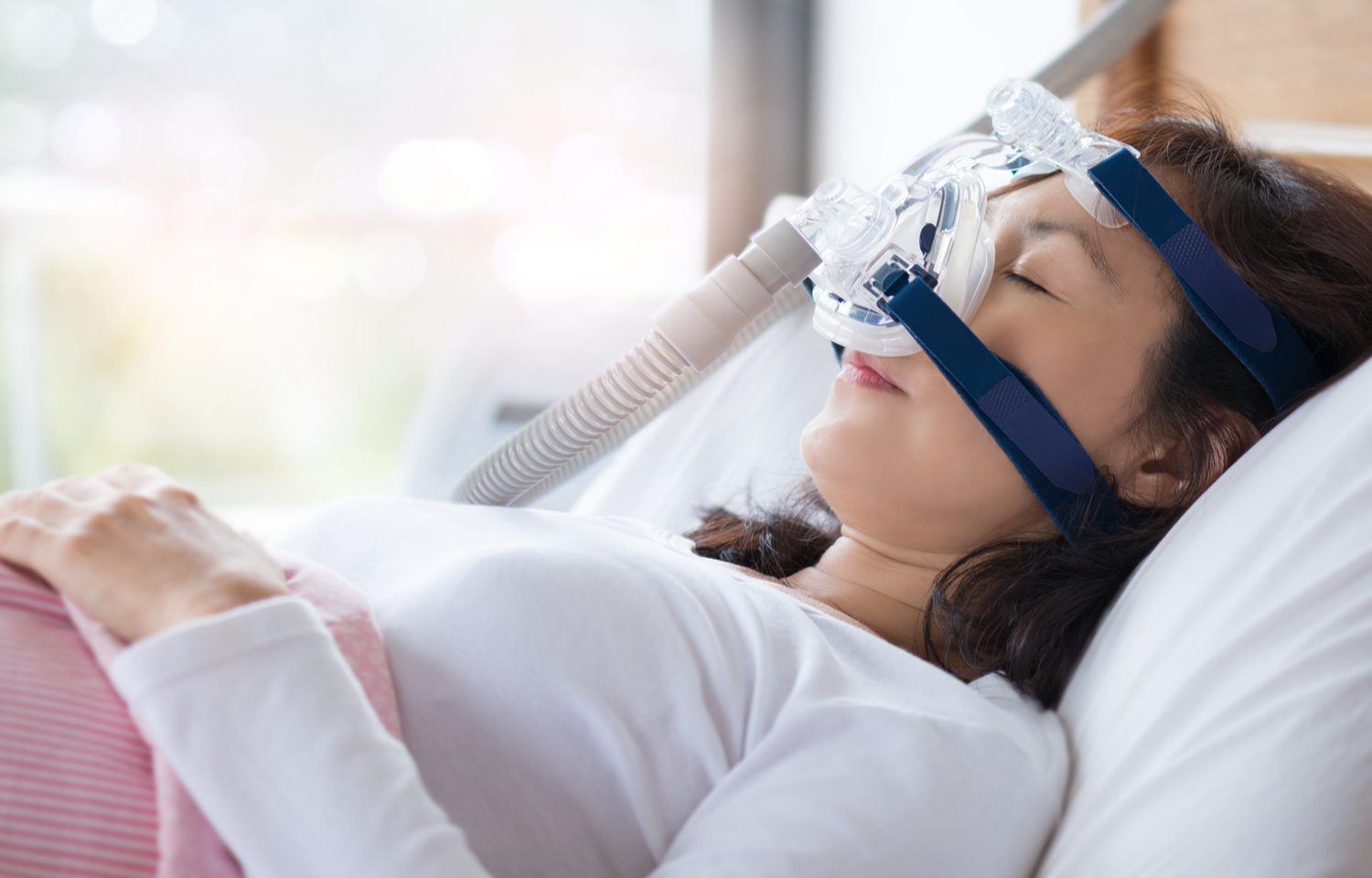For millions of people struggling with sleep apnea, a good night’s sleep can feel like an impossible dream. Interrupted breathing, loud snoring, and constant fatigue can take a toll on both your physical and emotional health. Fortunately, CPAP therapy has become one of the most effective and widely prescribed sleep apnea treatments — helping patients breathe easier and sleep better.
If you’ve recently been diagnosed with sleep apnea or are curious about how CPAP therapy works, this guide will explain everything you need to know — from how the machines function to why consistent use can dramatically improve your sleep quality and overall well-being.
What Is Sleep Apnea?
Sleep apnea is a serious sleep disorder in which breathing repeatedly stops and starts during sleep. These pauses, called apneas, can last from a few seconds to a minute and may occur dozens of times per hour.
Common Sleep Apnea Symptoms
- Loud, chronic snoring
- Gasping or choking during sleep
- Morning headaches
- Persistent fatigue or daytime sleepiness
- Difficulty concentrating or mood changes
There are two main types of sleep apnea:
- Obstructive Sleep Apnea (OSA): Caused by the relaxation of throat muscles that block the airway.
- Central Sleep Apnea (CSA): Occurs when the brain fails to send proper signals to the muscles that control breathing.
Regardless of type, untreated sleep apnea can lead to serious complications such as high blood pressure, heart disease, stroke, and metabolic disorders.
What Is CPAP Therapy?
CPAP therapy — short for Continuous Positive Airway Pressure — is the most common and effective treatment for obstructive sleep apnea. A CPAP machine delivers a steady stream of pressurized air through a mask, keeping your airway open while you sleep.
This continuous airflow prevents the soft tissues in your throat from collapsing, allowing you to breathe normally throughout the night.
Key Components of a CPAP Machine
- Motor: Generates a steady stream of air pressure.
- Tubing: Carries air from the machine to the mask.
- Mask: Worn over your nose, mouth, or both to deliver air directly into your airway.
- Humidifier (optional): Adds moisture to prevent dryness and irritation.
How CPAP Therapy Improves Sleep and Breathing
When you use a CPAP machine correctly, it effectively eliminates breathing interruptions. That means no more gasping for air, snoring, or sudden awakenings during the night.
Here’s How It Helps:
- Restores Oxygen Flow: Keeps oxygen levels steady while you sleep.
- Prevents Airway Collapse: Continuous air pressure ensures your airway stays open.
- Reduces Snoring: By stabilizing airflow, CPAP reduces or eliminates snoring altogether.
- Promotes Restorative Sleep: Deep, uninterrupted sleep helps the body recover and restore energy.
The Health Benefits of CPAP Therapy
Using a CPAP machine consistently offers both short-term and long-term health improvements.
Short-Term Benefits
- Increased daytime alertness
- Reduced morning headaches
- Improved focus and mood
- Enhanced overall sleep quality
Long-Term Benefits
- Lowered risk of heart disease and sleep apnea-related complications
- Better control of blood pressure
- Reduced risk of stroke and diabetes
- Improved mental health and cognitive performance
What Happens If Sleep Apnea Is Left Untreated
Ignoring sleep apnea symptoms can lead to more than just poor sleep — it can seriously affect your long-term health.
Potential Complications Include:
- High Blood Pressure: Repeated oxygen drops strain the heart and blood vessels.
- Heart Disease: Increases the risk of arrhythmias, heart attacks, and heart failure.
- Stroke: Reduced oxygen disrupts blood flow to the brain.
- Chronic Fatigue: Lack of restorative sleep leads to daytime drowsiness and poor concentration.
By restoring normal breathing and oxygen flow, CPAP therapy helps prevent these complications and supports healthy sleep for years to come.

Tips for New CPAP Users
Starting CPAP therapy may take some getting used to, but with the right approach, you can make it a comfortable part of your nightly routine.
1. Choose the Right Mask
Your comfort largely depends on the mask fit. Try different types — nasal pillows, nasal masks, or full-face masks — to find what works best.
2. Use the Ramp Feature
Most CPAP machines allow you to start with a lower pressure that gradually increases, making it easier to fall asleep.
3. Keep Your Equipment Clean
Clean your mask, tubing, and humidifier chamber regularly with mild soap and warm water to prevent bacteria buildup.
4. Adjust to Comfort
If you experience dryness or nasal irritation, consider adding a heated humidifier or using saline sprays.
5. Stick With It
Consistency is key. Even one night without CPAP therapy can cause your symptoms to return. Over time, it becomes second nature — and the benefits are well worth it.
Real-World Example: A Success Story
Take John, a 52-year-old office worker diagnosed with obstructive sleep apnea. Before CPAP therapy, he suffered from constant fatigue and high blood pressure. Within a month of consistent use, his energy levels improved dramatically, and his blood pressure began to normalize.
His story mirrors that of millions of others who’ve found CPAP therapy to be life-changing.
The Role of Sleep Studies and Sleep Medicine
Before starting CPAP therapy, most patients undergo a sleep study — either at a clinic or at home — to monitor breathing, heart rate, and oxygen levels. These results help doctors determine the best pressure settings and mask type for each patient.
Ongoing consultations with sleep medicine specialists ensure your therapy remains effective and comfortable over time.
Maintaining Your CPAP Machine for Longevity
To get the most out of your device, proper maintenance is essential.
Maintenance Checklist:
- Daily: Wipe your mask and check for leaks.
- Weekly: Wash tubing and humidifier with warm, soapy water.
- Monthly: Inspect filters and replace if dirty.
- Annually: Replace tubing, mask, and headgear as needed.
Proper care not only extends your machine’s lifespan but also ensures cleaner, healthier air during sleep.
Final Thoughts: CPAP Therapy Can Change Your Life
CPAP therapy is more than a treatment — it’s a pathway to better health, energy, and quality of life. By keeping your airway open and ensuring steady oxygen flow, it helps your body get the restorative rest it deserves.
If you’ve been diagnosed with sleep apnea, don’t delay treatment. With consistent use and proper care, CPAP therapy can help you reclaim your nights — and your mornings.
FAQS
A CPAP machine delivers constant air pressure through a mask, keeping your airway open while you sleep. This prevents pauses in breathing, improves oxygen flow, and helps you achieve deeper, more restorative sleep without interruptions.
Yes. Many people notice better focus, energy, and alertness after using a CPAP machine consistently. By eliminating nighttime breathing disruptions, your body gets the deep, quality sleep needed to recharge fully and reduce excessive daytime sleepiness.
Some users experience mild side effects such as nasal dryness, mask discomfort, or air leakage. These are easily managed with proper mask fitting, humidifiers, or consulting a sleep specialist to adjust pressure settings for optimal comfort.
Many users notice improvements in sleep quality and energy levels within the first few days. However, consistent use is key. Most sleep specialists recommend using CPAP every night to achieve long-term benefits for heart health and breathing.

